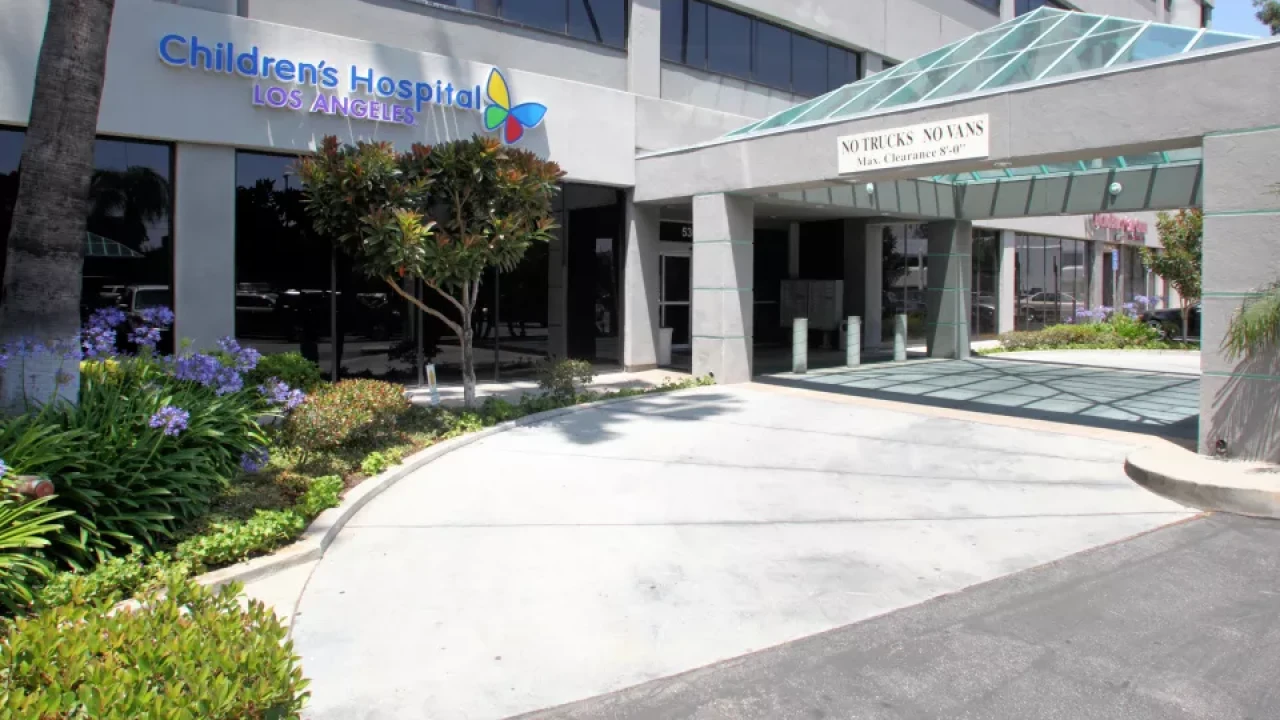The Environmental Protection Agency awarded 149 communities with Brownfields Program grants to clean up hazardous substances, and some municipalities are pairing those grants with municipal bonds.
A brownfield is a property that has been polluted by a hazardous substance, or contaminant. EPA estimated that there are 450,000 brownfields in the U.S. EPA’s Brownfields Program started in 1995 and this year about 40% of the selected recipients received the grants for the first time, Andrew Wheeler, EPA administrator said in a press release.
The public safety center in Beaverton, Oregon was awarded $300,000 to assess sites in its downtown area.
Finance Director Patrick O'Claire said Beaverton is looking to eventually add more affordable housing and space for companies wanting to move in, adding that the grants will help achieve those goals.
Last year, Beaverton used $400,000 in brownfields grants to address a petroleum contamination that imposed health risks to groundwater and local streams from a nearby gas station. That site was designated for a future public safety center, an earthquake resistant police and emergency management building.
In 2016, Beaverton residents passed a $35 million bond resolution to fund the new center.

In the past, other projects have also used a combination of bond financing with brownfield grants. Riverfront Park in Spokane, Washington was in need of an upgrade and in 2014 it issued $64 million in bonds to fund improvements. The total cost of the project is expected to exceed $70 million and is located in a federal Opportunity Zone.
Opportunity Zones were authorized under the Tax Cuts and Jobs Act enacted by Congress in December 2017 to encourage investment and job creation in low-income urban and rural communities. OZs allow investors to defer and reduce capital gains and for investments held at five or seven years, and in the case of investments held at least 10 years, avert tax on any appreciation.
In 2014, Spokane was awarded $400,000 by EPA to assess vacant, underutilized and abandoned properties. In 2017, the city was awarded $600,000 in additional EPA brownfield funding to clean up and revitalize the 100-acre park.
“These grants fulfill several of President Trump’s top priorities simultaneously: helping communities in need transform contaminated sites into community assets that not only create jobs and jump start economic development but also improve public health and the environment,” Wheeler said.
Maine received more brownfields grant funding than any other state for the assessment and cleanup of 14 sites, with $6 million in EPA funding, according to a press release.
“The Brownfields Program has proven to be a major benefit to the overall health and vitality of Maine communities,” Maine Senators Susan Collins, a Republican and Angus King, an independent said in a joint statement. “In addition to cleaning up hazardous substances and improving our environment, this investment will help communities create new economic development opportunities to attract businesses that create good jobs for Mainers, particularly in rural areas.”
In 2016, both Collins and King called for the Department of Commerce to take immediate action to help Maine’s economy after several mill closures left it in an economic crisis.
In January 2017 an assessment from the U.S. Economic Development Assessment team highlighted the importance of EPA’s brownfields program and its potential to leverage federal resources to redevelop former industrial sites, support mill communities and grow Maine’s rural economy.
In fiscal year 2018, the EPA selected 144 communities for brownfields environmental assessments, and in 2017, 172 communities received the brownfields grants.
Clean up of brownfield properties led to residential property value increases of 5% to 15.2% within 1.29 miles of the sites, according to a 2017 study. The EPA also noted that near 48 of those brownfield sites, another study found an estimated $29 to $97 million in additional tax revenue for local governments in a single year after cleanup.





